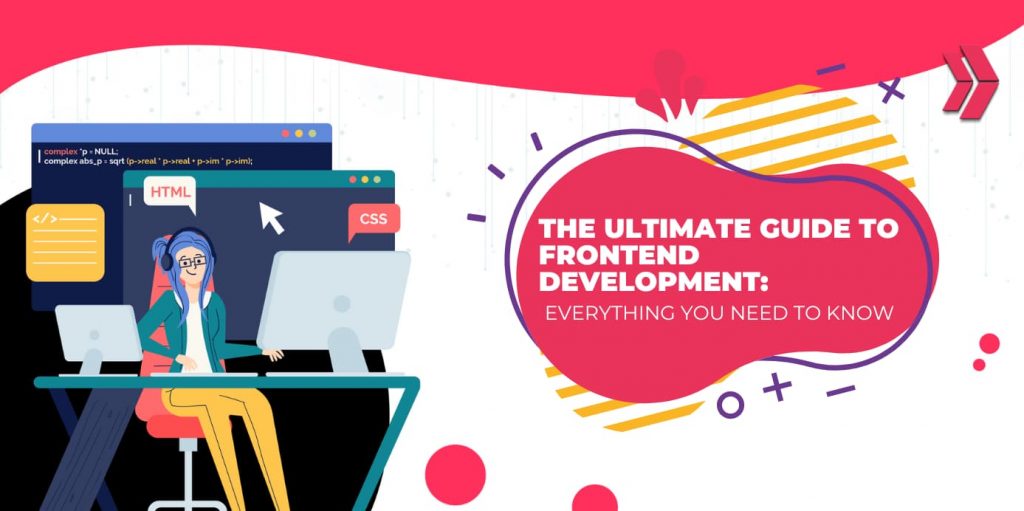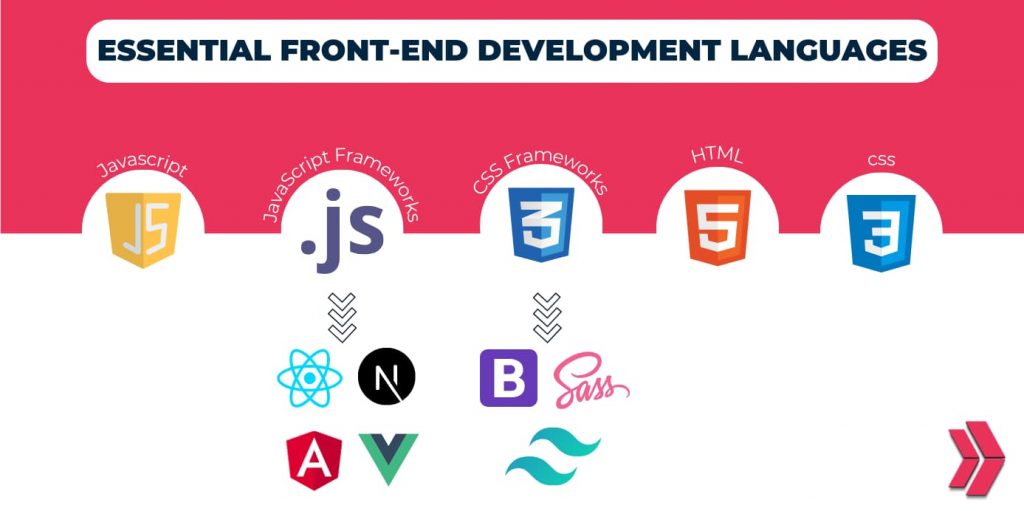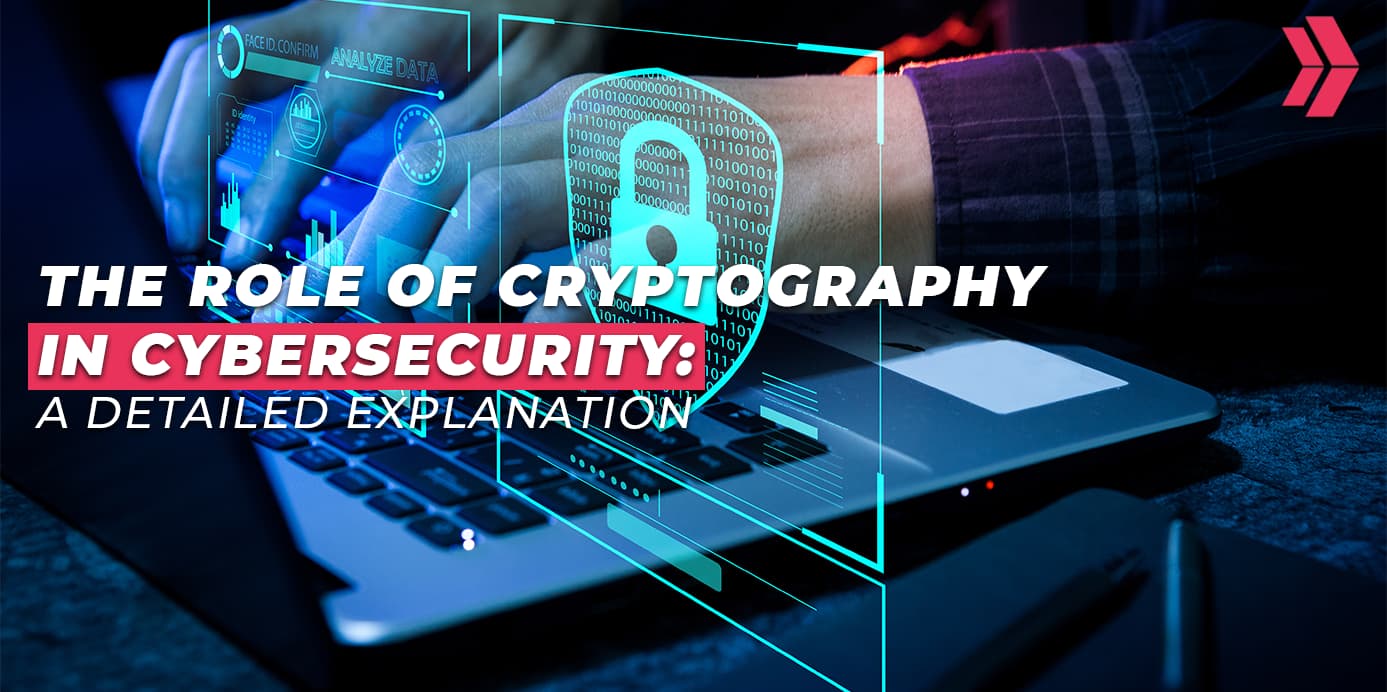Front-end development stands as the cornerstone of creating engaging, user-friendly web experiences, serving as the bridge between complex back-end technologies and the interactive web interfaces we navigate daily. This blog article aims to equip you with a comprehensive understanding of front-end development, covering the why, what, and how of this crucial field. Starting with an exploration of what front-end development entails and its pivotal role in web application design, we’ll delve into the essential languages, tools, and skills required to become a proficient front-end developer.
With the digital realm evolving at an unprecedented pace, front-end development has emerged as a key player in shaping how we interact with the internet, highlighting the importance of not just the technical mastery of languages like HTML, CSS, and JavaScript, but also the nuanced art of creating intuitive and accessible user experiences. Whether you’re a beginner eager to embark on your development journey or a seasoned professional looking to update your skillset, this guide to help you learn the fundamentals, understand the intricacies, and prepare for the challenges of front-end development.

What is Frontend Development and Why is it Important?
Frontend development is the process of creating and implementing the user interface and user experience of a website or web application. In other words, front end development is basically developing what you see and experience on the website. Also, frontend web development is a great showcase to users and helps them feel your website.
In the restaurant analogy, the front end developer is a waitress who is smiling, communicating, serving prepared food, and preparing the restaurant visually. For instance, every visual and color that the frontend developer puts is like “preparing the restaurant visually”, and each user experience topics are also like “communicating with the customer”.
Front end web development is very important because, without it, there is no communication between the backend and website users. In that case, each user theoretically needs to know API logic and write code. This is impossible for most people, so there should be a need for some interface that will communicate, show users easy buttons, and make a beautiful visual showcase for users.
After learning frontend development definition and why it is important, let’s learn essential languages, tools, and skills to become a good front-end developer.
What are Essential Front End Development Languages?
There are a lot of things that you can learn in front end development. Here are the front-end languages you need to learn:
- HTML (Hypertext Markup Language) is the backbone of front end development and uses tags to show needed elements; like for the header it uses “<header>”.
- CSS (Cascading Style Sheets) is what makes websites colorful and joyful. It uses the “<style>” attribute to make changes. For example, for the red text you need to write “<p style=”color:red;”>”.
- JavaScript creates the logic and interaction side of front-end development.
- JavaScript Frameworks: React, NextJs, Angular, Vue are derived from JS for the need of “component” logic and easy rendering.
- CSS Frameworks: Bootstrap, SASS, Tailwinds CSS are more programmatic CSS solutions for all front-end projects.
You can find more information about frontend languages in our article “Top 10 Front-End Languages For A Successful Developer Career“.

In addition to the key languages for front-end development, including HTML, CSS, JavaScript and their frameworks, there are essential tools that enhance the developer’s workflow. These tools are essential to optimize productivity and enable the creation of dynamic, responsive websites.
What are Essential Tools for Frontend Development?
Here are the essential tools for frontend development:
- VSCODE (Visual Studio Code) is an IDE (integrated development environment) allowing front-end developers to write code and use extensions.
- Chrome Developer Tools have a lot of features that help with debugging and making tests.
- Git / GitHub are version control systems that allow developers to track their work.
- NPM (Node Package Manager) helps to install external dependencies.
- Yarn is also like NPM but a faster version.
- Webpack is an efficient bundler that makes it easy to load your website.
- SASS is programmatic CSS, which includes variables and mixins.
- ESLint, Prettier helps you to make the visually good syntax of coding and gives warnings if there is a syntax error.
- Jest is a testing tool for javascript that helps frontend developers to test their product.
- Figma is a UI & UX tool to design your website beforehand.
These tools, when used effectively, can streamline the development process, enhance productivity, and ensure the creation of high-quality, user-friendly web applications. It’s the skills of a front-end developer, ranging from a deep understanding of HTML, CSS, and JavaScript to proficiency in responsive design, performance optimization, and accessibility, that truly bring these tools to life. Mastering these skills, alongside staying updated with the latest tools and technologies, ensures that a front-end developer can tackle any challenge and contribute to creating an engaging and inclusive web experience.

Having outlined the essential tools that support efficient and productive front-end development, frameworks and libraries also play an important role in modern web development. These resources further empower developers by providing reusable components, making code maintenance easier and speeding up the development process.
What are Frontend Development Frameworks and Libraries?
Front end development is a dynamic and high-speed area that is changing fast each year; however, there are some fundamental frameworks and libraries that each front end developer should know.
Bootstrap is a CSS framework with pre-defined classes that developers can use easily. For instance, to create some blue buttons, the developer needs to use “class=”btn btn-primary” as inline CSS. React and Nexj.js are currently two of the most popular frontend development frameworks. They are Javascript frameworks and use component logic. For example, imagine creating a navigation bar; the developer needs to use it on each page. Instead of copying that navigation bar to each page, developers can create a ” navbar ” component and call it at the start of each page.
What are the Top Skills to Become a Frontend Developer?
There are a couple of frontend developer skills that are essential for developers. Some of them are related to the visuality and user experience of websites like HTML, CSS, and JavaScript. On the other hand, some of them are mostly for utilities like Git/Github, Package Managers, CSS Preprocessors, and Code Editors.
HTML (HyperText Markup Language) is the most essential language for a website. It allows one to write the structure of a website and use tag logic. For instance, if you want to put a paragraph on your website, you will use the “<p>” tag in HTML.
CSS (Cascading Style Sheets) is something that makes a website colorful and enjoyable for users. It has three types: inline CSS, internal CSS, and external CSS. The most used one is external CSS, which is an external “.css” file to make all logic. The “Style” attribute is used to make CSS active. For example, to make a button red, the developer needs to write “ <button style=”color:red;”>” in HTML and CSS.
JavaScript and its frameworks like React, Next.js, Angular, and Vue.js are essential for front end development. It is a language that makes websites dynamic and allows developers to write functions. For example, if users click some button, they will get a list of books from somewhere. Also, frameworks of JavaScript like React provide component logic to front end development, which makes things easy.
Utility skills like Git/Github for version control systems, code editors like VSCode for writing more structured code, and package managers like NPM handle external libraries and frameworks.
Finally, front end developers should have soft skills like collaboration, communication, and a customer-oriented mindset. Also front end developers shouldn’t forget that it is a continuous learning process, and everything can change in time.
What is the Difference Between Frontend and Backend Development?
Frontend and backend development are two fundamental aspects of web development, each focusing on different layers of a web application. Here’s a breakdown of the main differences on the topic of frontend vs backend development:
| Aspect | Front End Development | Back End Development |
| Focus | Mainly focus on user interface and experience. | Mostly focus on logic, databases and functionality. |
| Tech Stack | HTML, CSS, JavaScript | Java, JavaScript, Python, MongoDB |
| Responsibilities | Visual elements of websiteAiming for best user experienceMaking suitable website for both mobile phones, tablets and desktop | Handling data with databasesFinding solutions for Authorization and AuthenticationHandiling server-side |
| Tools | VSCODE | IntelliJ, VSCODE |
| Who They Work With | Backend developers, clients | Front end developers, management |
The symbiotic relationship between frontend and backend development is foundational to web application development.
What is the Salary of a Front-end Developer?
Currently, front end developer salary is $74K – $124K/yr in the USA, according to job site GLASSDOOR. However, the salary depends on the experience and company size. If the developer has more experience, the salary will certainly be higher. Also, for Europe, it is around 55K €/yr in Germany, according to Indeed.
How to Learn Frontend Development ?
Before starting, we can say that everyone can become a front end developer! It doesn’t depend on age, social status, or background. It just depends on choosing the correct path for yourself and continuous learning.
There are 3 ways that any person can become a front end developer: Getting a degree, learning online, or attending a front-end development course. For the degree, generally, you need to take big exams like the SAT and spend your minimum 3-4 years on a structured curriculum. However, there are easier ways to become a front-end developer.
How to Become a Frontend Developer Without a Degree?
Anyone can become a frontend developer without a degree. You just need to choose the correct online bootcamp with great instructors and a related curriculum. However, you need to choose wisely because most of them are intense courses that will need constant learning and practice.
How to Learn Front End Development At Online Bootcamp?
There are a couple of things you need to consider if you choose to learn coding with an online bootcamp. First of all, it is an intense course that needs daily lessons, training, and homework. Therefore, you need to allocate your specific time for this path. Secondly, you need to be active in the process, like joining classes, networking, and doing hands-on projects. So it will be wise to choose bootcamp with a mentoring system.
Get Started to Learn Frontend Development with Clarusway!
Clarusway has a designed curriculum, great instructors, and a mentoring system that will help you to handle bootcamp more effectively. The program includes everything you need to become a successful front-end developer, and Clarusway has a CMS system that also prepares you for interviews and the job-finding process. Get started now with Clarusway!
Last Updated on February 8, 2024




